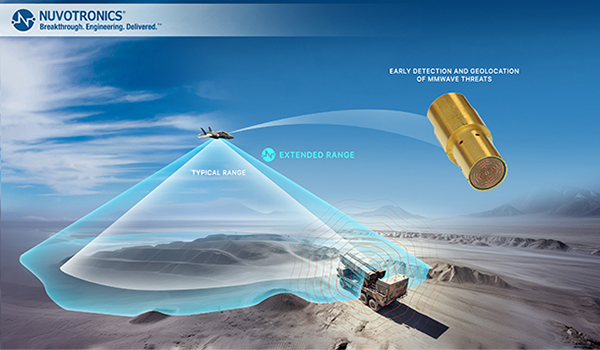
Practical Insights on Antennas for Electronic Warfare Modern radar warning receivers and electronic support systems rely on antennas with wide coverage and adaptability. Spiral and sinuous antennas are widely used in these systems due to their ability to handle broad frequency ranges and different polarizations. Here are some key considerations for selecting antennas for electronic warfare (EW) applications: Key Features of Spiral and Sinuous Antennas:
Addressing High-Frequency Challenges While traditionally used below 18 GHz, modern advances have allowed sinuous antennas to efficiently operate in the 18-40 GHz range, making them crucial for next-generation EW systems operating at millimeter-wave frequencies. These innovations ensure optimal performance even at high frequencies. Flexibility Across Platforms Modern antenna designs offer compatibility with various connectors (e.g., 2.92 mm, 2.4 mm, 1.85 mm), allowing seamless integration into a variety of defense platforms without compromising performance. This focus on the practical advantages of spiral and sinuous antennas helps guide informed decisions based on operational needs in advanced defense applications. Please visit our website for more information - https://go.nuvotronics.com/antennas |
Opinions expressed in this advertisement do not constitute endorsement
by the Association of Old Crows or the Journal of Electromagnetic Dominance.

